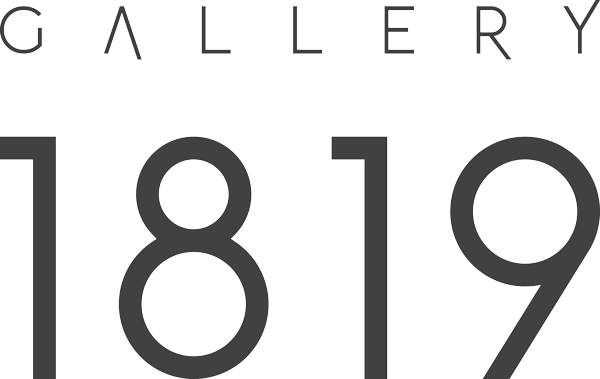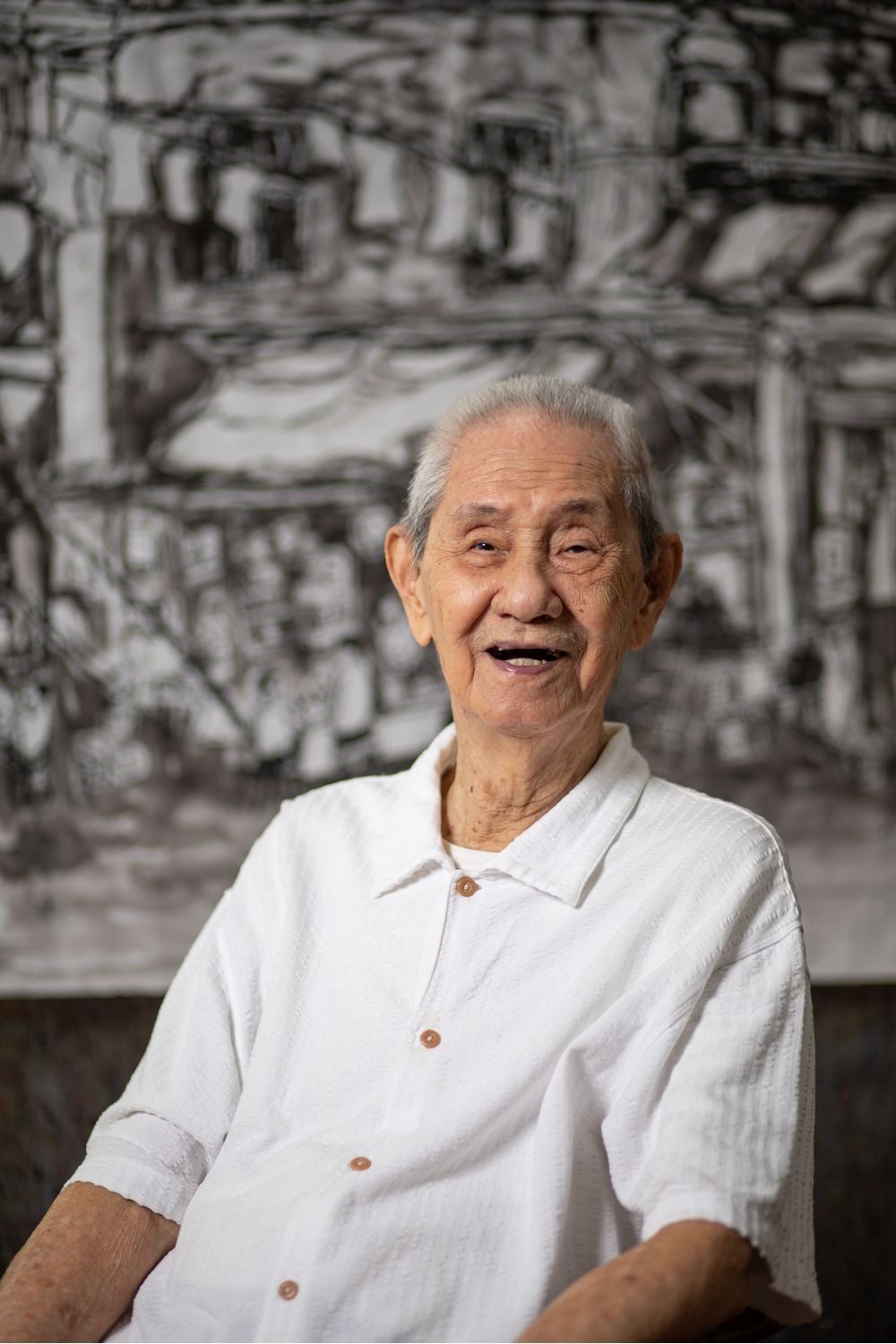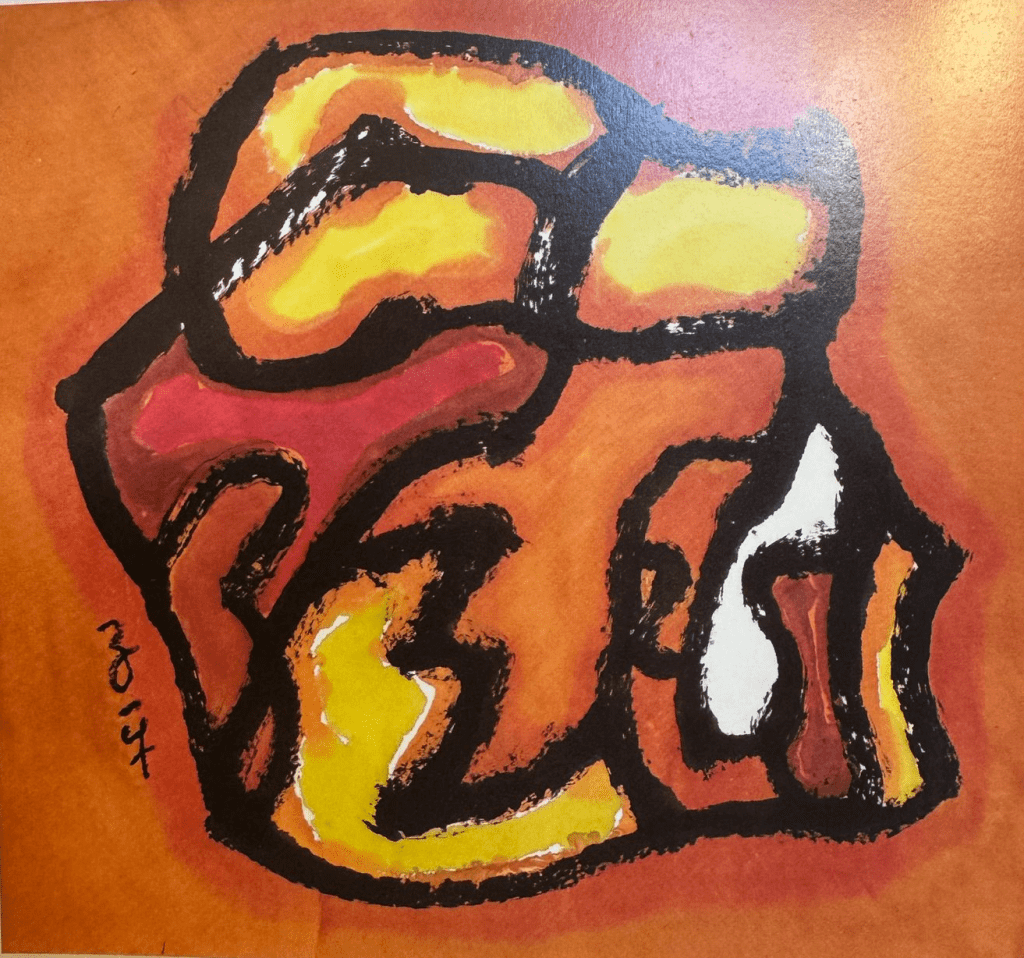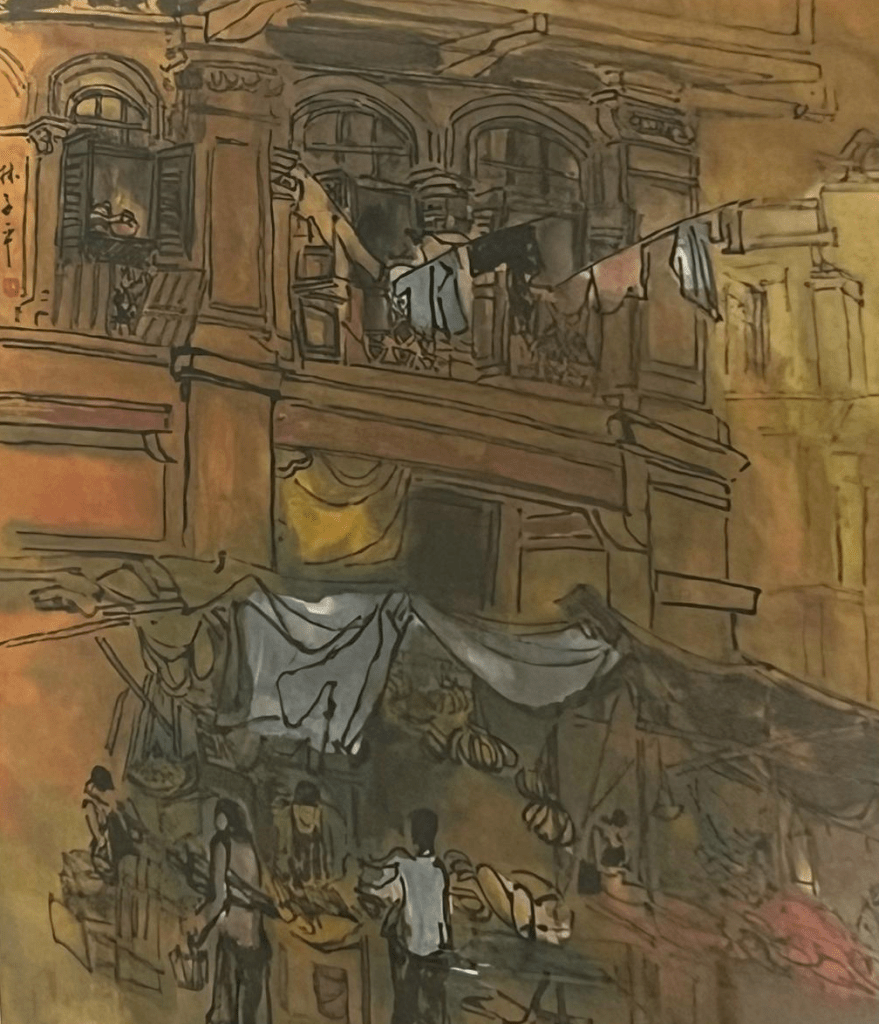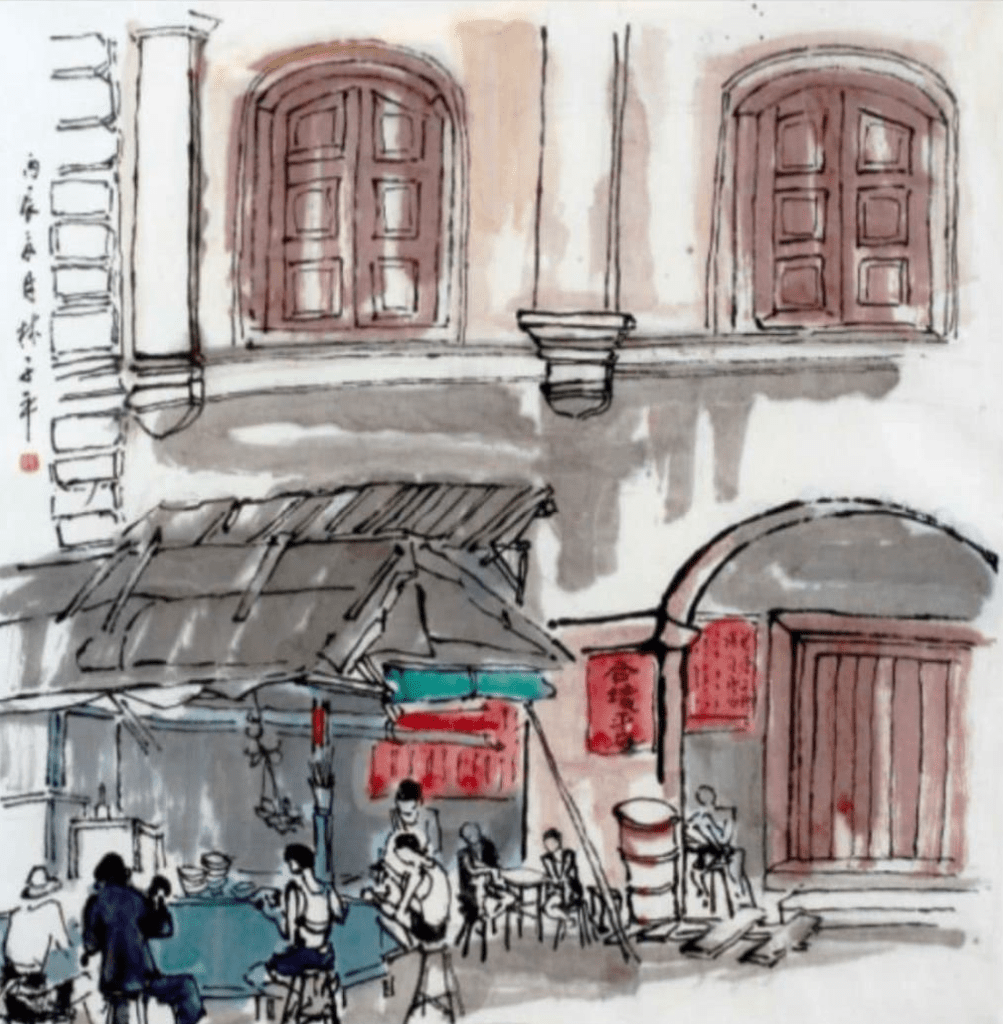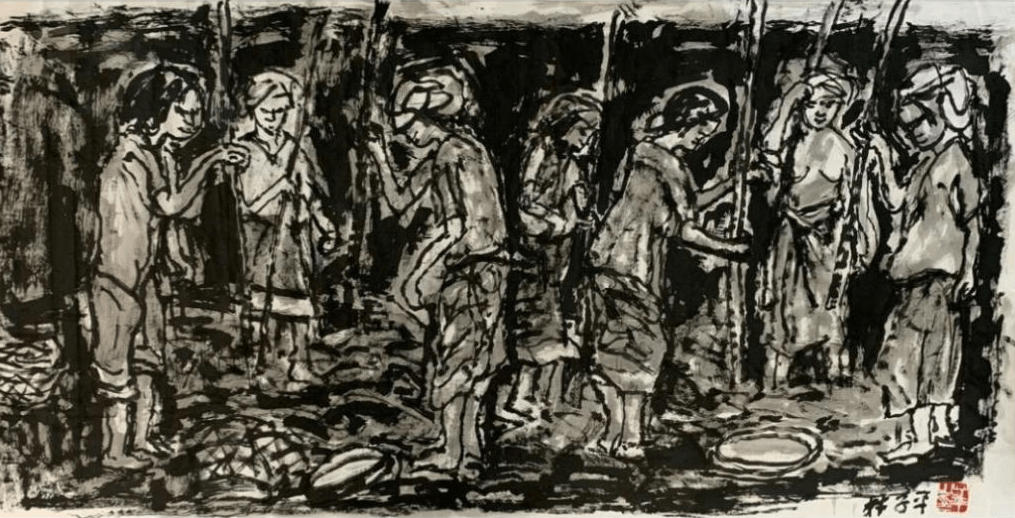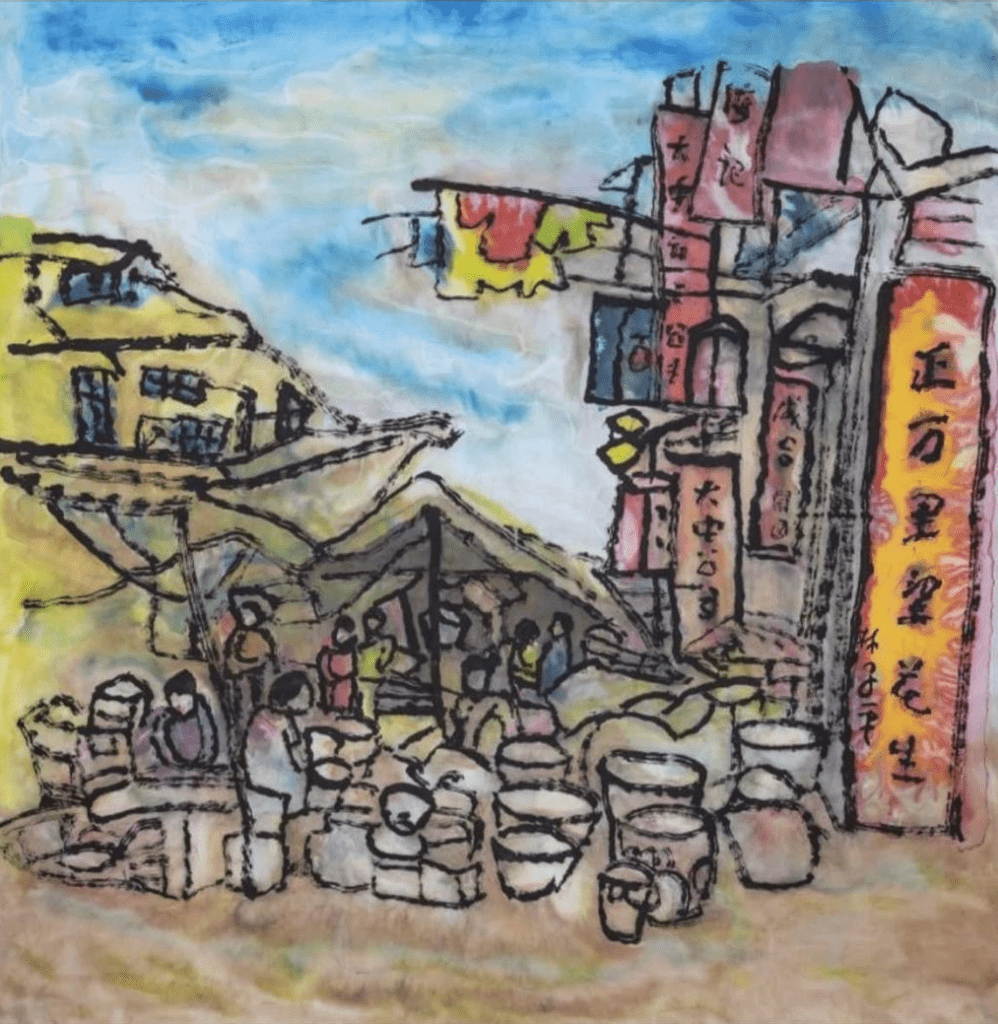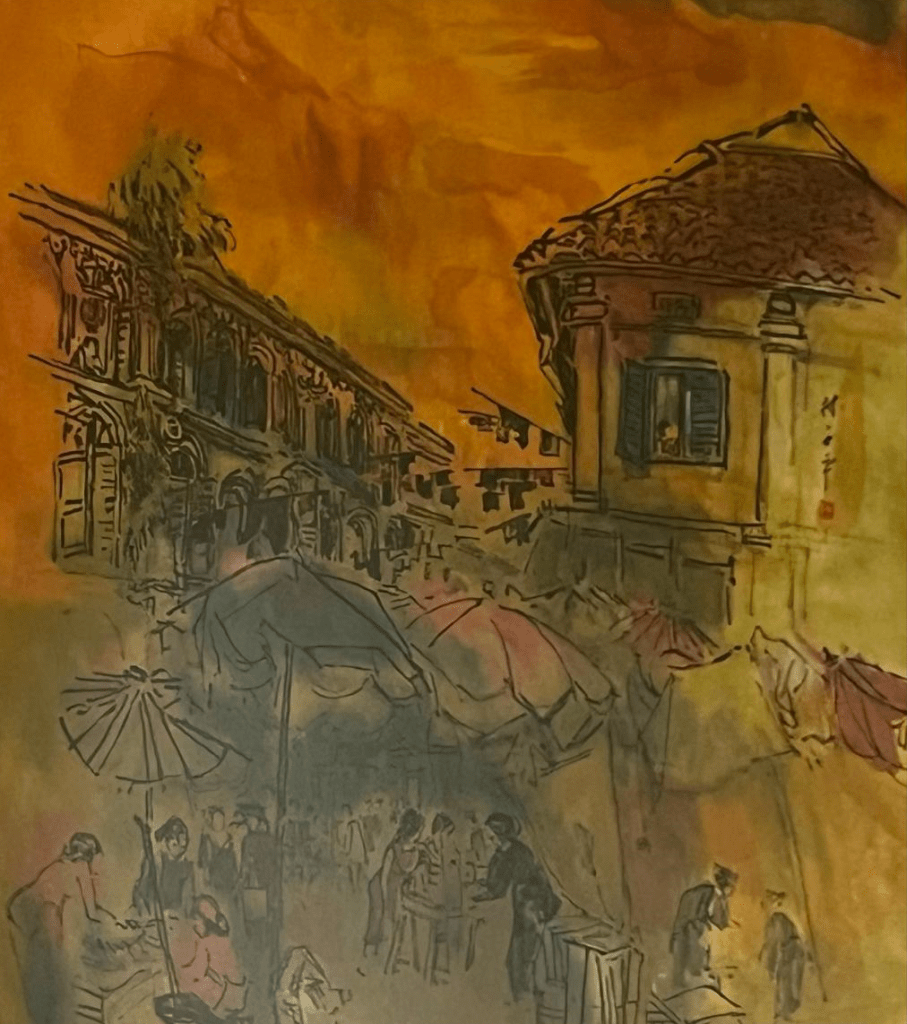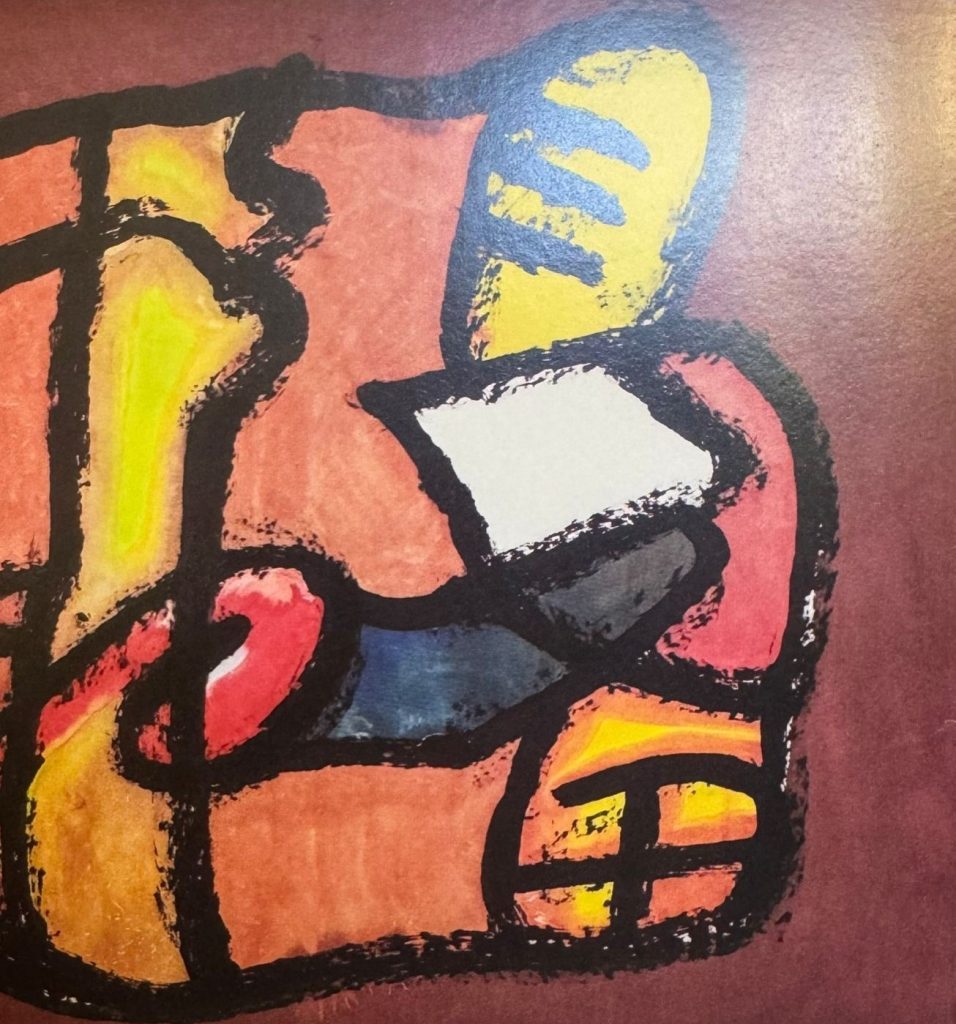Lim Tze Peng
Singapore
Born on September 28, 1921 in Singapore, Lim Tze Peng is recognised as one of Singapore’s most pre-eminent visual artists, particularly within the Chinese ink and calligraphic tradition, and a second-generation member of the Nanyang Artists. Over the course of his long artistic career which started in the 1950s (alongside his equally impressive tenure in the education service as the principal of Xinmin Secondary School), the self-taught and home-grown artist has come to develop a culturally, aesthetically, and critically significant oeuvre. In 2003, Lim was conferred the prestigious Cultural Medallion (Visual Arts) in honour of his centrality in Singapore art and culture. Lim was also the recipient of the Public Administration Medal in 1963 and Public Service Medal in 1981, as well as a Special Prize at the 1977 Commonwealth Art Exhibition. In May 2012, Lim’s Singapore River Scene (1978) broke records by fetching HK$620,000 (S$101,800) at a Christie’s auction, which was, at that time, an unsurpassed price for a work by a living Singaporean artist.
While Lim is arguably most known for his works depicting and representing familiar Singaporean scenes/sites such as Malay kampungs (villages), the Singapore River, and Chinatown, as motivated by a nostalgic desire to register and document local heritage potentially endangered by the imperatives of modernity and modernisation, his subject matter also includes material such as Bali (Indonesia), Thailand, and Paris (France), as
inspired by his travels and expeditions. This visual idioms and vocabularies of his works span oil painting, Chinese ink, and Chinese calligraphy; Lim has, of late, primarily concentrated mostly on the latter, reinventing and enlarging the Chinese calligraphic tradition with what he christens hutuzi (lit. ‘muddled calligraphy’).
Lim’s first solo exhibition was mounted in 1970 and he has since participated in many solo and group exhibitions since then. A key milestone in his career was his first overseas solo exhibition, Inroads: The Ink Journey of Lim Tze Peng, at the National Art Museum of China (Beijing, China), China’s premier fine and applied art museum, and Liu Haisu Art Museum in Shanghai in 2008. Today, Lim’s works can be found in the National Collection (many of which are donated by the artist himself and his patron Koh Seow Chuan); they have also been enthusiastically acquired by private galleries and collectors both local and abroad.
Artworks
Docking
$45,000.00
Extraordinary Channels 七筋八脉
$40,000.00
Fruit Stall, Chinatown
$45,000.00
Marketplace
$45,000.00
Rice Pounding
$50,000.00
Selling Peanuts
$55,000.00
Street Hawker, Chinatown
$45,000.00
When Art Mirrors Emotion 形神具备
$40,000.00
